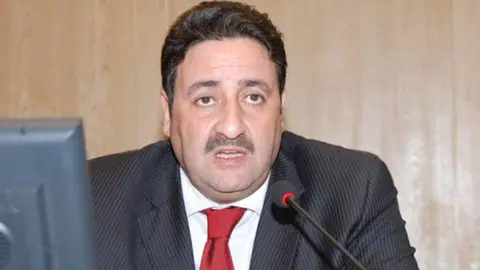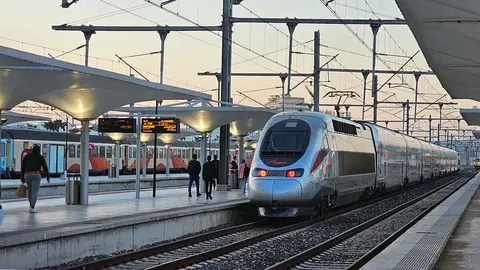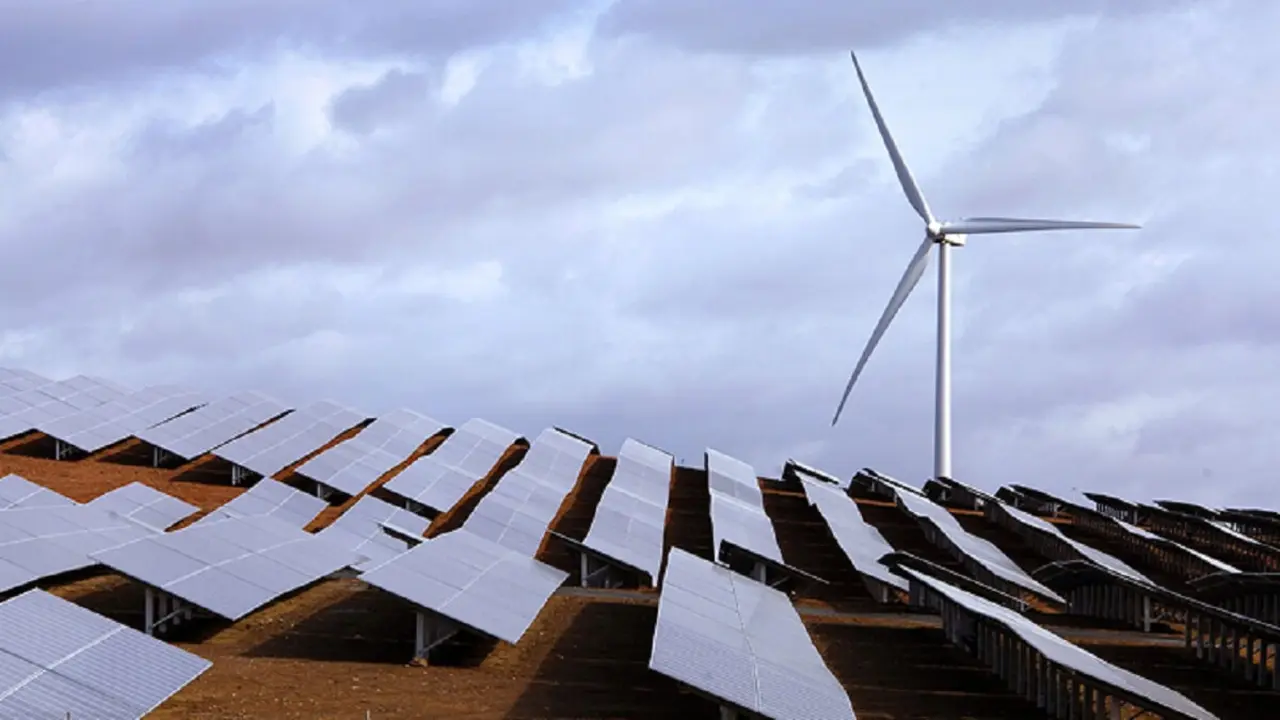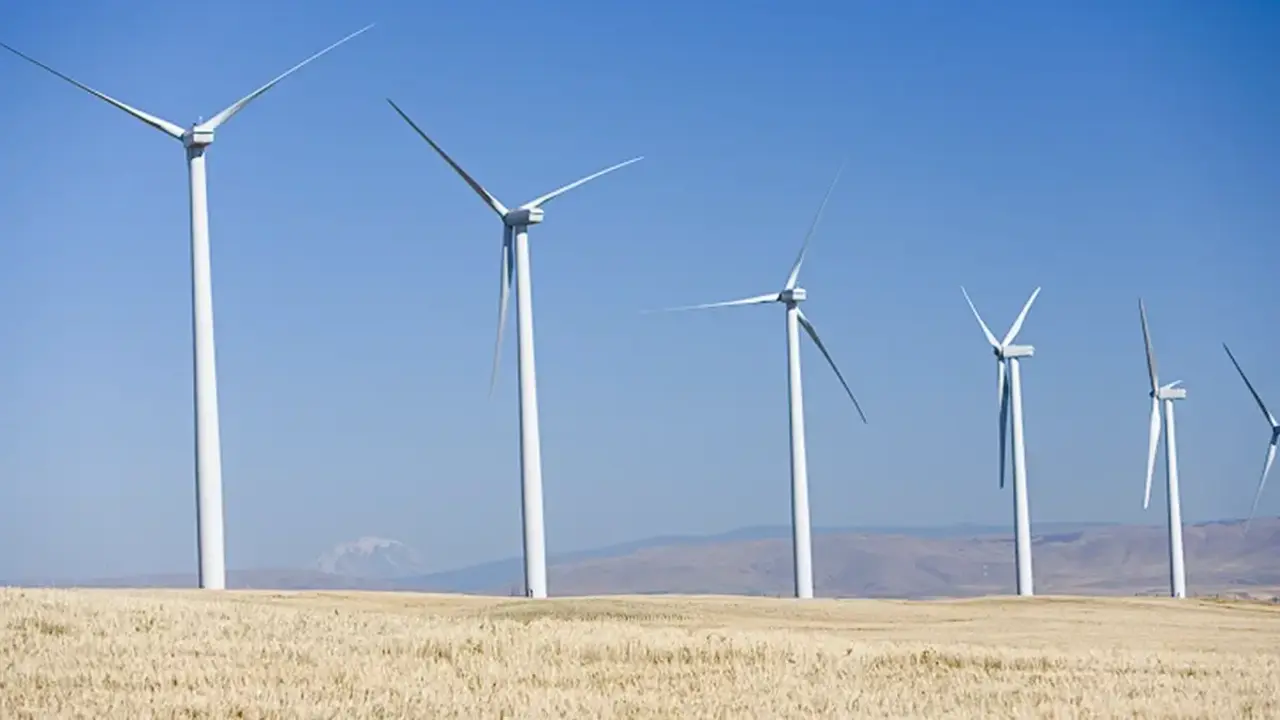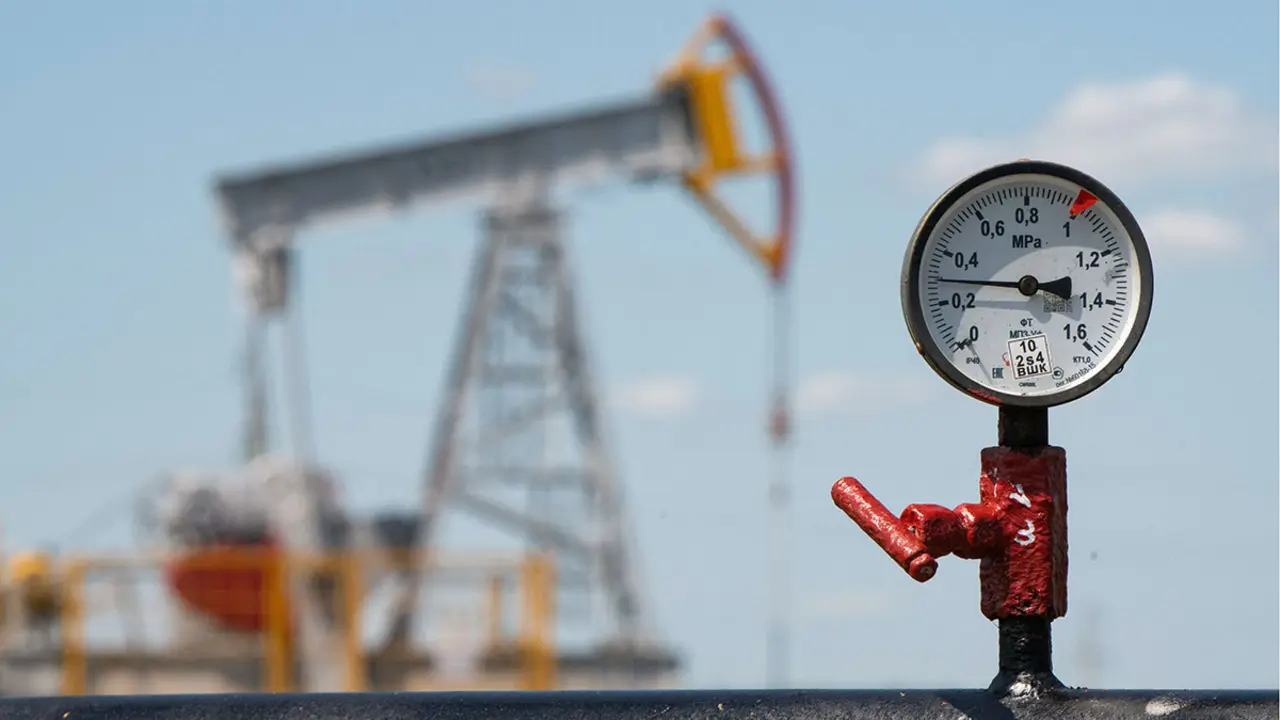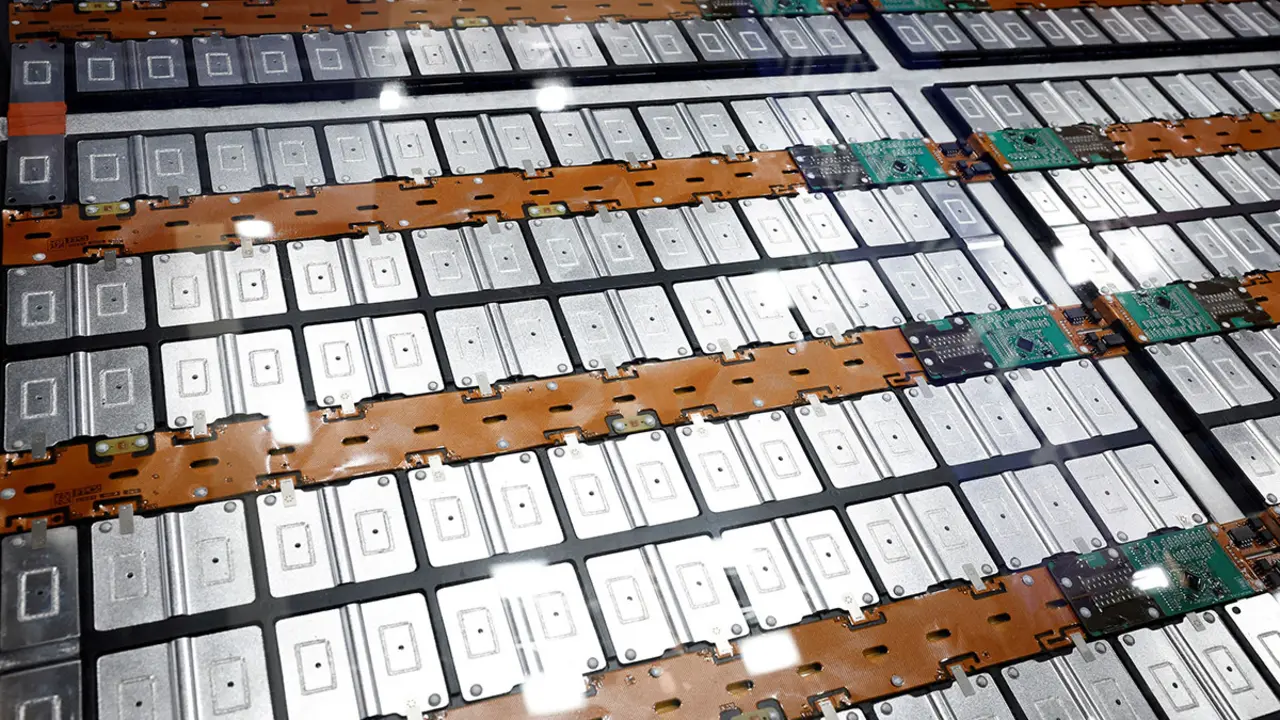Railways are experiencing strong growth in Morocco
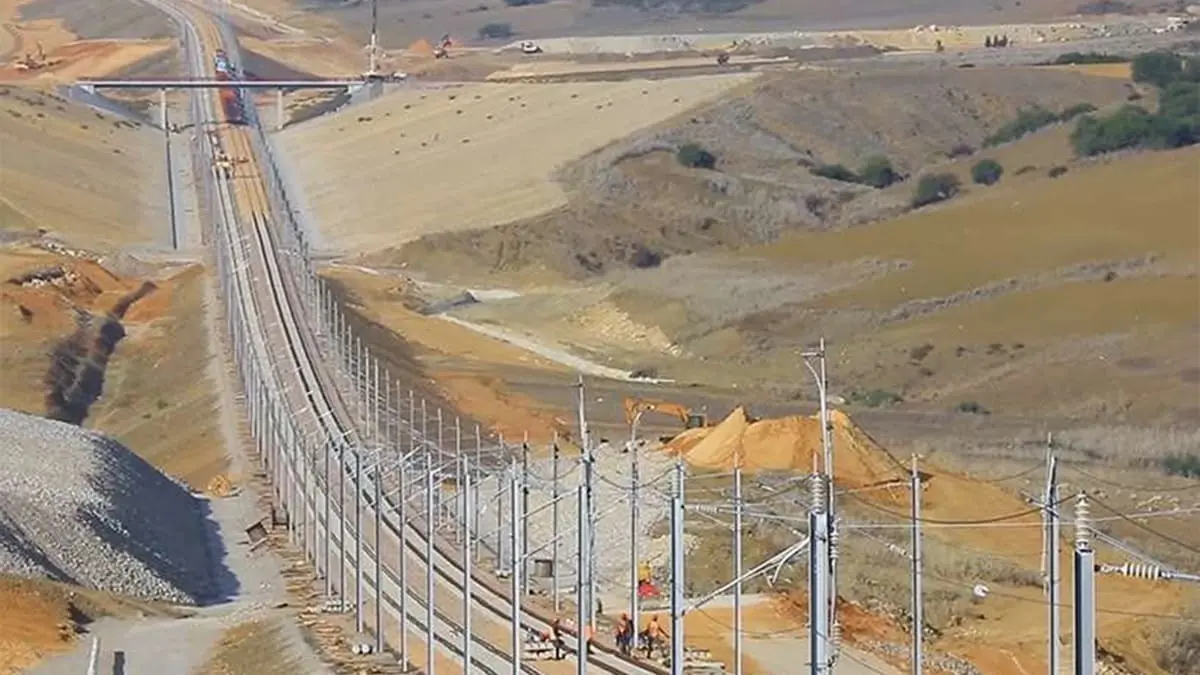
Morocco is experiencing a remarkable recovery in the railway sector, with more than 55 million passengers in 2024, representing a 4% increase over the previous year. This momentum has been made possible by an ambitious government strategy to modernise the railway infrastructure and expand the network nationwide.
During a meeting of the board of directors of the National Railways Office (ONCF), chaired by Transport Minister Abdessamad Kayouh, the achievements made during the year were reviewed. In a statement to the Moroccan Official News Agency, Kayouh highlighted the progress made over the past two decades thanks to the vision of King Mohammed VI and emphasised the central role of railways as the driving force behind a sustainable, low-carbon transport model with a high socio-economic impact.
The ONCF's total turnover in 2024 exceeded $480 million, driven by growth in passenger transport and the recovery of phosphate transport. Passenger transport accounted for approximately 62% of turnover. In financial terms, total revenue reached 2.76 billion Moroccan dirhams (approximately 280 million dollars), representing an 8% year-on-year increase.
Meanwhile, the Al Boraq high-speed train, a symbol of innovation and ecological commitment, carried more than 5.5 million passengers, 6% more than in 2023, generating a turnover of 78 million dollars, an increase of 11%.
In this regard, ONCF Director General Mohamed Rabie Al-Khalie highlighted that 2024 marked a ‘qualitative leap’ in strategic cooperation thanks to new partnerships supporting the project to extend the high-speed line between Kenitra and Marrakech and the modernisation of the national rail network.
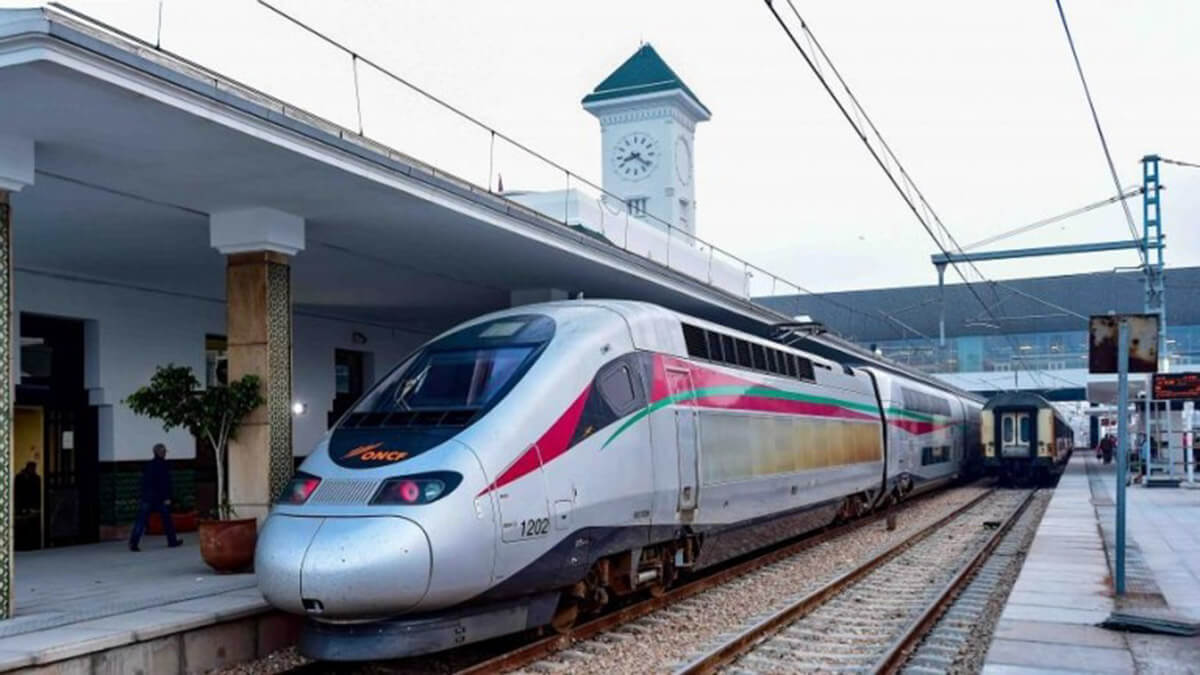
In terms of freight transport, the ONCF generated revenue of 70.4 million dollars, a 10% increase year-on-year. 8.5 million tonnes of general cargo and 12.8 million tonnes of phosphate were transported, the latter with a spectacular 46% increase, generating 110 million dollars in turnover.
Despite the inflationary environment, the company managed to keep spending under control and achieved operating income of 195 million dollars. Excluding infrastructure costs, the operating result showed a surplus of 120 million dollars and a net profit of 89.8 million dollars.
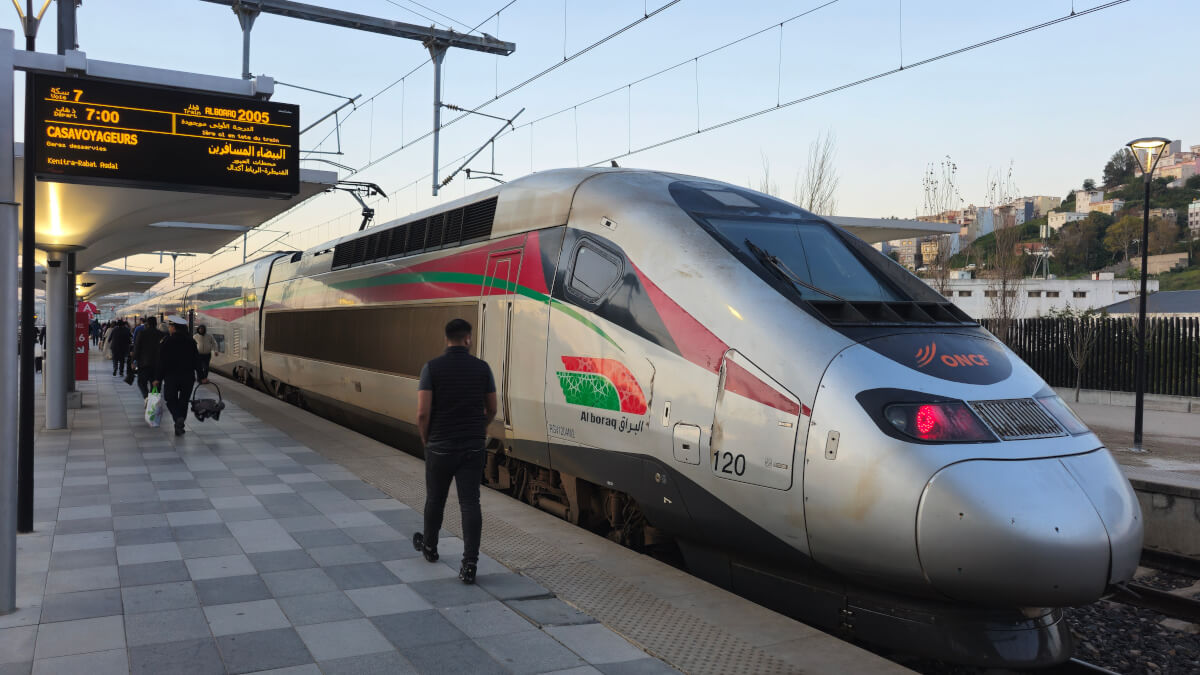
During 2024, ONCF allocated 200 million dollars to investments, consolidating its production capacity and laying the foundations for the new development cycle. Looking ahead to 2030, the Moroccan government plans to invest a total of 9.5 billion dollars in railway infrastructure and service improvements.
This transformative plan seeks to expand the network to connect 43 cities (up from 23 currently), reach 87% of the population (currently 51%), and connect 12 airports and 12 ports (currently 1 airport and 6 ports). In addition, these plans are estimated to generate 300,000 direct and indirect jobs.

